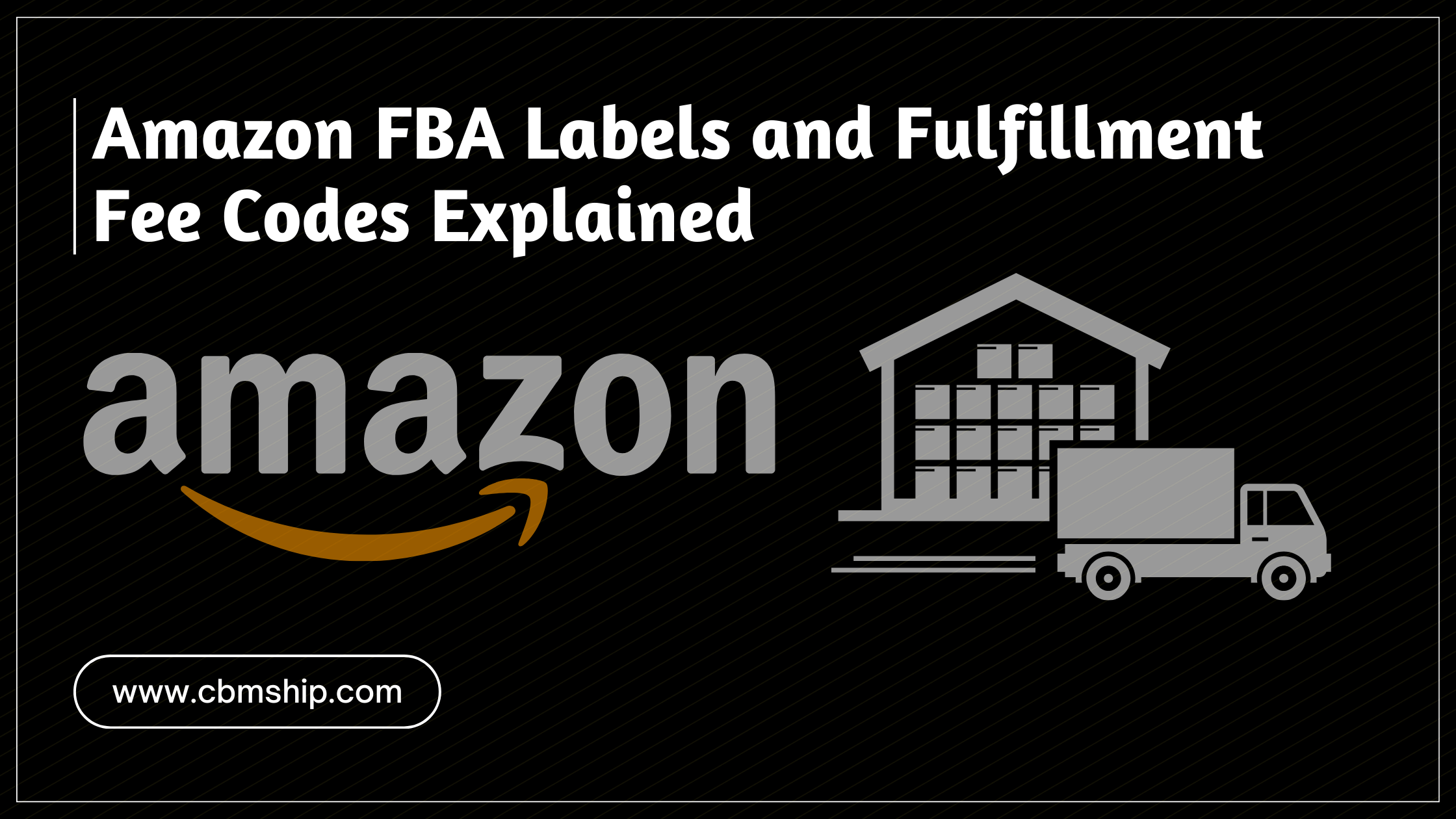Understanding the ins and outs of Amazon FBA labels and fulfillment fees is crucial for any seller looking to maximize profits and streamline their operations on the platform. In this comprehensive guide, we’ll dive deep into everything you need to know about Amazon FBA shipping, labeling, and the various fees involved. Let’s get started!
What is Amazon FBA?
Definition and Benefits
Fulfillment by Amazon (FBA) is a service provided by Amazon that allows sellers to store their products in Amazon’s fulfillment centers. Amazon then picks, packs, ships, and provides customer service for these products. This service offers numerous benefits, including access to Amazon Prime members, streamlined logistics, and enhanced customer trust.
How It Works
When you enroll in FBA, you send your products to Amazon’s warehouses. Once there, Amazon takes over the heavy lifting—literally and figuratively. They handle storage, shipping, returns, and even customer service. This allows you to focus on other aspects of your business, like product development and marketing.
The Role of Labels in Amazon FBA
Types of Amazon FBA Labels
Labels are a fundamental part of the FBA process. They ensure that your products are correctly identified and tracked throughout the fulfillment process. There are three main types of labels you’ll encounter:
- Product Labels
- Shipping Labels
- Barcode Labels
Importance of Accurate Labeling
Accurate labeling is vital to avoid issues like misplaced inventory, delayed shipments, and additional fees. It ensures that your products are properly scanned and tracked through Amazon’s system, leading to smoother operations and satisfied customers.
Types of Amazon FBA Labels
Product Labels
Product labels include essential information like SKU, product name, and condition. These labels are crucial for inventory management and ensuring that the correct product is picked and shipped.
Shipping Labels
Shipping labels contain information necessary for the delivery of your products to customers. They include details like destination address, carrier information, and tracking numbers.
Barcode Labels
Barcode labels are scanned at various points during the fulfillment process. They include barcodes that represent your product’s SKU, which is essential for tracking and inventory management.
How to Create Amazon FBA Labels
Using Amazon’s Labeling Service
Amazon offers a labeling service where they handle the creation and application of labels for your products. This service can save time and reduce errors, but it comes with a fee.
DIY Label Creation Tools
If you prefer to create your own labels, there are various tools available. Amazon provides templates, and there are third-party software options that can help you design and print labels according to Amazon’s specifications.
Common Labeling Mistakes
- Incorrect Label Placement
- Unreadable Barcodes
- Inconsistent Label Formats
Understanding Amazon FBA Fulfillment Fees
Overview of Fulfillment Fees
Fulfillment fees are charges Amazon applies for picking, packing, and shipping your products. These fees vary based on the size and weight of your items.
How Fees Are Calculated
Amazon calculates fees based on factors like product dimensions, weight, and whether the item is standard or oversized. Understanding these calculations is essential for pricing your products effectively.
Types of Fulfillment Fees
- Standard Size Fees
- Oversize Fees
- Special Handling Fees
How to Minimize Fulfillment Fees
- Optimizing Packaging
- Choosing the Right Fulfillment Center
- Utilizing Amazon’s Fee Calculator
Fee Codes and Their Meanings
Detailed Explanation of Common Fee Codes
Amazon uses specific fee codes to categorize various charges. Understanding these codes helps you decipher your fee reports.
Examples of Fee Code Applications
- FBA-INBOUND: inbound shipment fees
- FBA-OUTBOUND: shipping products to customers
Impact of Fees on Profit Margins
Analyzing Profit vs. Fees
It’s crucial to regularly analyze how fulfillment fees impact your profit margins. Use tools and reports provided by Amazon to monitor your expenses and adjust your pricing strategy accordingly.
Strategies to Improve Profitability
- Bundling products
- Optimizing your supply chain
- Reducing storage times
Best Practices for Managing FBA Fees
- Regular Fee Audits
- Efficient Inventory Management
- Staying Updated with Fee Changes
Case Studies
Looking at case studies of successful sellers can provide insights into effective fee management and labeling strategies. Learn from the experiences of others to avoid common pitfalls and implement best practices in your own operations.
Tools and Resources
- Amazon’s Tools: Fee Preview Report, Inventory Health Report, etc.
- Third-Party Tools: For label creation, fee calculation, and inventory management
Conclusion
Navigating the complexities of Amazon FBA labels and fulfillment fees can be challenging, but with the right knowledge and tools, you can streamline your operations and maximize profitability. By understanding the types of labels, common mistakes, and how fees are calculated, you’ll be better equipped to manage your Amazon FBA business efficiently.
FAQs
- What happens if I use the wrong label on my Amazon FBA shipment? Your shipment may be delayed, returned, or lost. Ensure labels are accurate and placed properly.
- How can I reduce my Amazon FBA fees? Optimize packaging, choose the right fulfillment center, audit fees regularly, and use Amazon’s calculator.
- Are there tools to help with Amazon FBA label creation? Yes. Amazon offers templates, and many third-party software solutions are available.
- How do fulfillment fees affect my profit margins? Fees cut into margins, so factor them into pricing and monitor them frequently.
- What are some common mistakes to avoid with Amazon FBA labels? Incorrect label placement, unreadable barcodes, and inconsistent formats can all cause issues.




Comments are closed